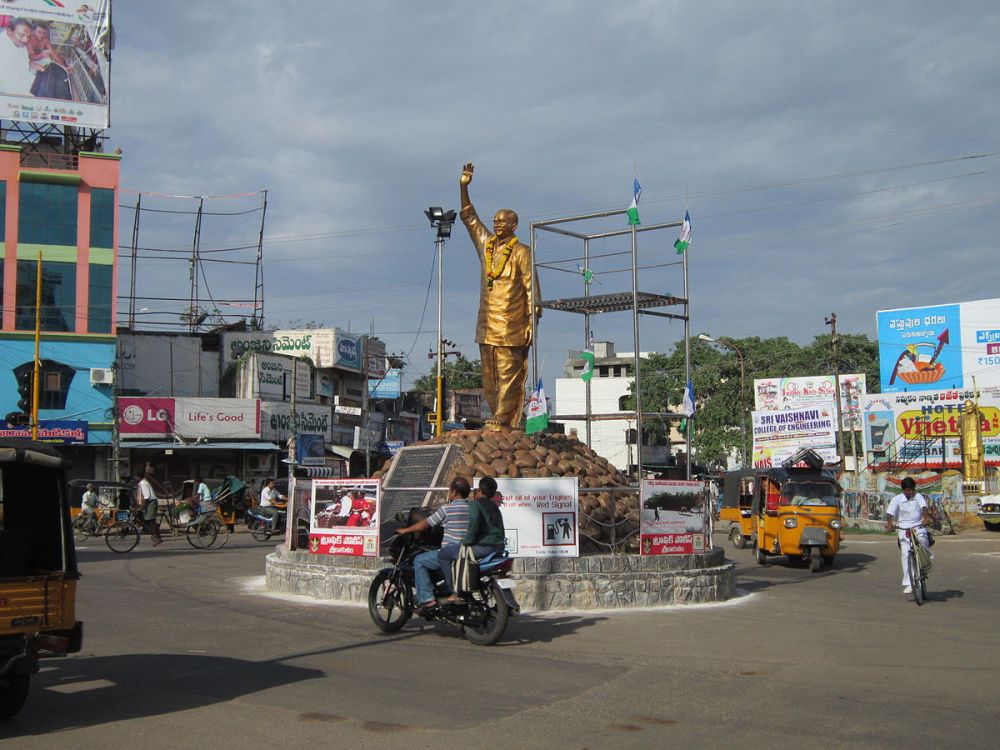

Srikakulam, a district in the northeastern tip of Andhra Pradesh, India, has a rich cultural heritage and history but is often considered an off-the-beaten-path destination for travelers. Its tourism industry has been developing gradually, building upon the district's notable temples, unspoiled beaches, and serene landscapes.
Historically, Srikakulam has been part of the Kalinga region and has witnessed various dynasties such as the Ikshvakus, Pallavas, Cholas, Gajapatis, and the Eastern Gangas. Each dynasty has contributed to the cultural fabric of the region, which can be seen in the ancient temples and structures. However, it was not until much later, in the 20th century, that these sites began gaining attention as tourist destinations.
The modern tourism industry in Srikakulam started to take shape in the late 20th century when the state government began to recognize the potential for tourism. The 1980s and 1990s saw modest initiatives to promote heritage sites like the Srikurmanatha Temple, the Arasavalli Sun God Temple, and the Buddhist heritage site at Salihundam.
With the start of the new millennium, both the state and central government introduced plans to boost tourism. Efforts such as the development of better transport links and the encouragement of local fairs and festivals helped in making Srikakulam more accessible and appealing to a broader audience. The beaches of Srikakulam, such as Baruva, Kalingapatnam, and Telineelapuram started to gain popularity for their natural beauty and tranquility.
Social media and online platforms have had a significant impact on boosting tourism in Srikakulam. The picturesque landscapes and historical sites have been increasingly featured on travel blogs, YouTube travel vlogs, and social media posts. This contemporary way of promotion has helped in drawing attention to Srikakulam's lesser-known attractions.
Several latest trends in tourism have been influencing the travel landscape in Srikakulam. Eco-tourism has begun to gain ground, with an increased focus on conservation and sustainability. Visitors are also showing more interest in experiential and cultural tourism, seeking authentic experiences that include traditional crafts, cuisine, and customs.
Despite these positive trends, Srikakulam faces challenges in infrastructure, reaching out to a global audience, and a need for professional marketing strategies to compete with more established destinations. The local government continues to work on these aspects, aiming to achieve sustainable growth in tourism that benefits the local communities and preserves the natural and cultural heritage of the region.
In conclusion, the history of tourism in Srikakulam is one of gradual discovery and appreciation. From an area rich in history and culture, it has grown modestly as a tourist destination. Today, with the help of governmental support and modern marketing techniques, Srikakulam is on its way to becoming a notable spot on India's tourist map, intent on preserving its pristine beauty and cultural legacy for future generations of travelers.